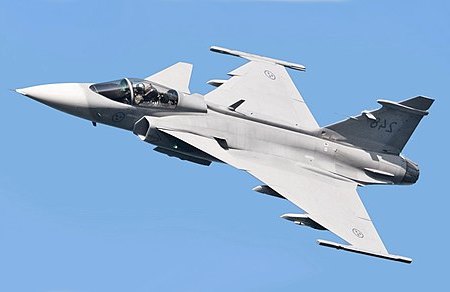An orange brown wingspan flew towards us and settled on a branch just behind where we were sitting. We were by a part of the river Kalix which never freezes completely. The sun was surprisingly warm for March, and so we were sitting on a log with our boots lodged in snow, eating our lunch. All we could hear was the whistling and twittering of nearby birds and the sound of water tumbling over ice cold rocks. The whistling was the orange brown bird we’d seen – a Siberian Jay, a Perisoreus Infaustus, the ‘unlucky’ jay. Thought to be a bad omen, apparently, where they were less commonly seen, but in more northern areas they were always considered to bring good fortune. We took them to be good omen in our case anyway.
There was a group of these birds around a feeder which is kept stocked with nuts by a local man who is keen on birds. A number of jays flew around and behind us, flitting to and from the feeder, apparently undisturbed by our presence. Unlike the more southern jay, the Siberian Jay, we discovered, is a confident, friendly bird.

I read that they inhabit a wide area of the world but always keep to the far northern hemisphere. That makes the sighting of one a uniquely northern experience. That’s what you want, really – a feeling of where you are in the world, a distinctness.
Where we were is a wide, open, restful sort of landscape, sparsely inhabited or visited, with soft-looking undulating mountains just visible in the distance. It’s only a short twenty minute drive from Kiruna but it feels like another world. Your attention can be held by a tiny patch of leaf in the snow, or a pattern of ice crystals reflecting pale coloured dots across the snow’s surface. The heartbeat slows, your breathing calms.
After an hour or so of breathing, and watching the jays, we returned to the car and the road to Kiruna, restored to ourselves. After a while a dark speck appeared above and ahead of us, and loomed larger and larger in the sky. Then suddenly it seemed to rush at us, its wingspan grey and metallic, becoming the larger and more threatening shape of a military jet, flying very low and close. It turned sharply east ahead of us to descend onto a nearby, generally unused, military airfield, and had disappeared in less than a minute.
Could it have been the rarely seen Jas 39 Gripen, a Swedish jet currently taking part in NATO’s exercise, Nordic Response 24? Its behaviour was remarkably confident but maybe a little shy, given its fast disappearance. Although a very local, distinct experience, it created a rather different feeling to our sighting of the Siberian Jay. This was the day before Sweden formally became a member of NATO, so whether the sighting of the Jas 39 was a good or a bad omen remains to be seen.


